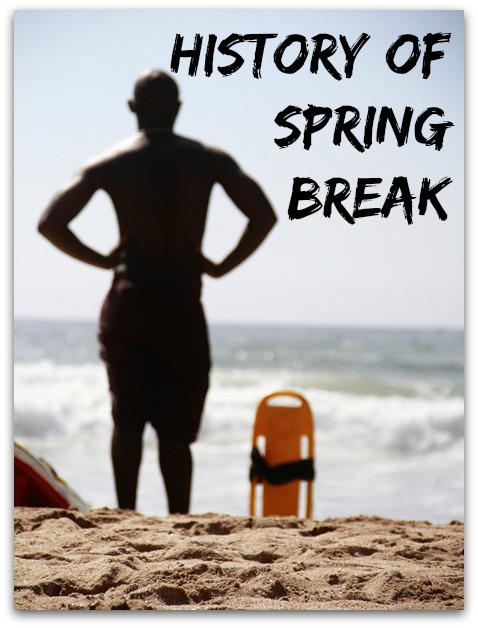Hey, parents of college students: Your kids are using that tuition money you gave them to take a March trip to Florida. (Hey, college students: Your secret is safe with us!) Here’s a little bit about the history of Spring Break.
The idea of Spring Break as one long beach party began in Spring 1938. Fort Lauderdale, Florida, hosted a “swim forum,” a meeting of more than 300 swimmers and coaches who all gathered in Florida to swim and socialize.
- But the concept of college students hitting the beaches of south Florida for a week of misbehavior reached a national audience in 1986 – that’s the year MTV started round-the-clock coverage of the party scene with a week of programming airing partially live from Daytona Beach, Florida. The number of visitors to Florida each March began steadily rising.
- College students spent about $2.1 billion on Spring Break trips, on average about $1,100 each. Because students don’t have a lot of money, many put it on credit cards, and that $1,100 contributes to about 5 percent of the average college student’s total post-graduate debt.
- Daytona Beach once brought in more than a half a million vacationers at its 1990s peak. Despite the $120 million it brought to town, city planners hated the image that spring breakers were giving Daytona, so they rebranded the city as a family destination. Result: Daytona has been supplanted as the top Florida Spring Break destination by Panama City. More than 500,000 revelers flock there each year.
- Other major hotspots include South Padre Island in Texas (about 150,000 visitors) and Cancun, Mexico (100,000).
- According to the American Medical Association, Spring Break can be damaging to one’s health. In 2002, the AMA released a statement that said, “Spring Break is no longer an innocent respite from the rigors of college academics; it’s potentially life threatening.” Reason: The average student on vacation drinks a whopping 10 alcoholic drinks a day.
- But not every college student is up to no good. Since 9/11 and Hurricane Katrina, thousands are using the week off from school to do volunteer work. It’s estimated that about 45,000 donate their time, with 10,000 of them working with Habitat for Humanity.








